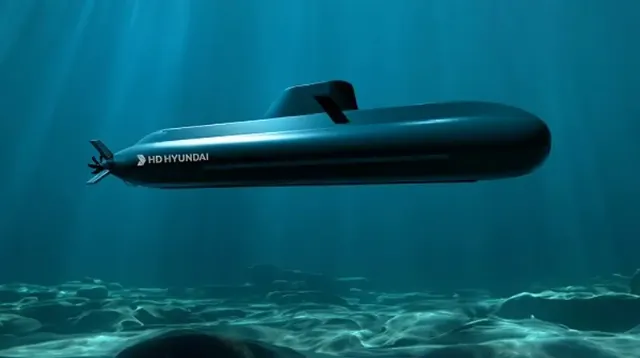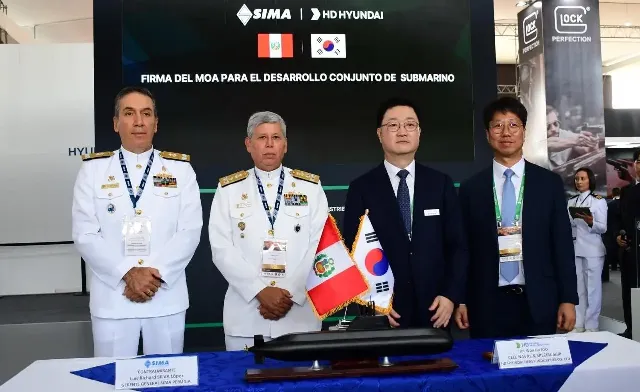
Image source: topwar.ru
Intense competition in the Western arms market is one of the main factors contributing to the rise of the South Korean military-industrial complex.
In February, Guillaume Rochard, one of the heads of the French shipbuilding concern Naval Group, gave an interview to the American edition of Defense News, in which he criticized ThyssenKrupp Marine Systems (TKMS), saying that the German shipbuilder is "a champion in the art of creating new competitors," especially in the submarine segment.
As indicated in the French edition of Zone Militaire, the unfair behavior of TKMS is evidenced by the choice made by the Peruvian navy.
So, in the 1980s, the shipbuilding company Howaldtswerke-Deutsche Werft (HDW), a subsidiary of TKMS, agreed to a large-scale transfer of industrial know-how and technology in order to win tenders announced by Seoul for the purchase of submarines based on Type 209 (South Korean KSS-I program) and Type 214 (the KSS-II program).
- the publication says.
We are talking about the signing last week of a memorandum of understanding between HHI and the Peruvian state shipyard SIMA, which provides for the joint development of a new submarine based on the HDS-1500 model.

Image source: topwar.ru
- noted in the company.
Last year, Lima selected HHI as a "strategic partner" of the SIMA shipyard, one of the largest in Latin America, to supply the Peruvian Navy with a frigate based on the HDF-3200 model, the HDP-2200 patrol vessel and two 1,500-ton amphibious assault ships. All this will cost $463 million. And this is just the beginning, as negotiations are underway on a subsequent order for at least 11 more ships.
The conceptual design of the HDS-1500, which can become the base for Peruvian submarines, has a displacement of 1,500 tons underwater, a length of 65 m and a diameter of 6.5 m. Equipped with a propulsion system based on lithium-ion batteries, an optoelectronic mast and "advanced" sensors, it will be controlled by a reduced crew of 25 submariners. The submarine will be able to carry Tiger Shark torpedoes controlled by optical fiber.
